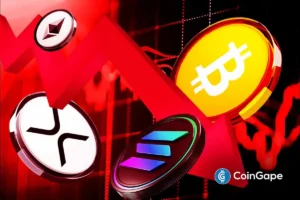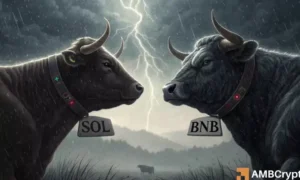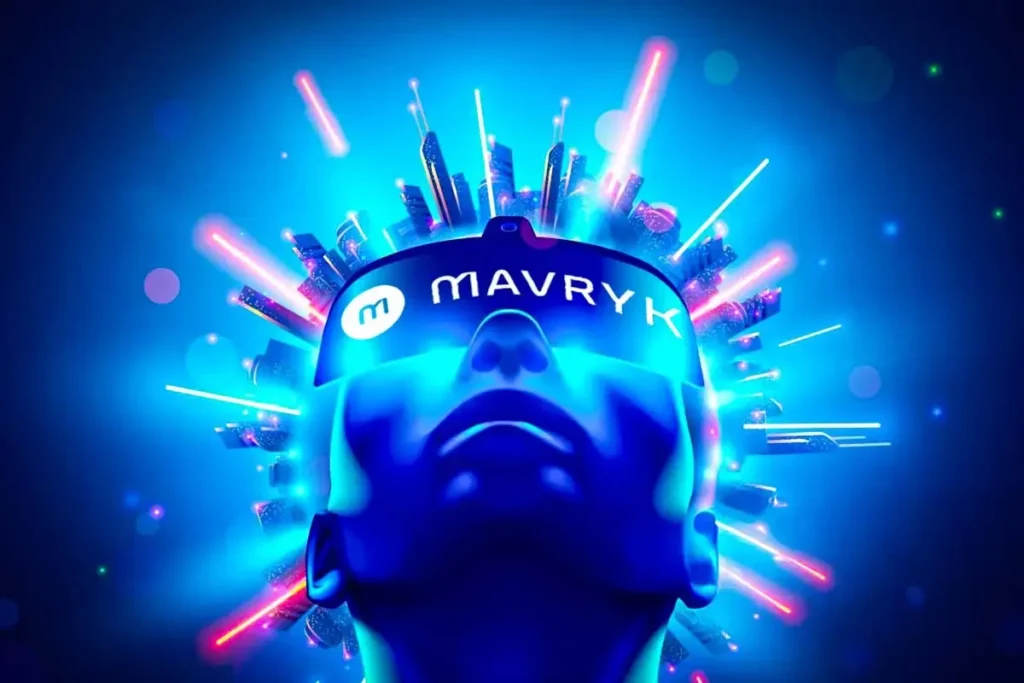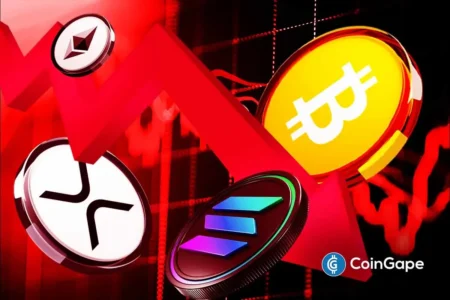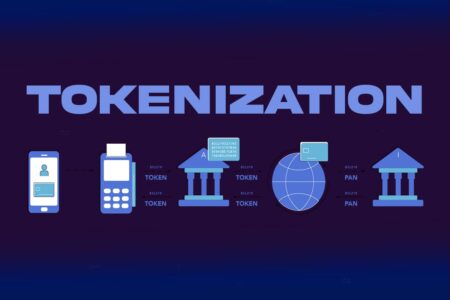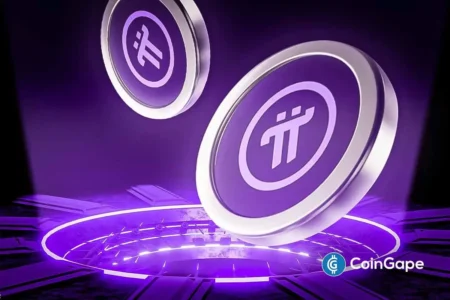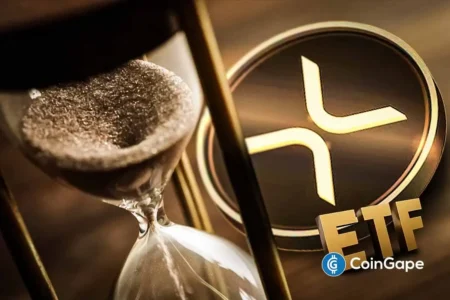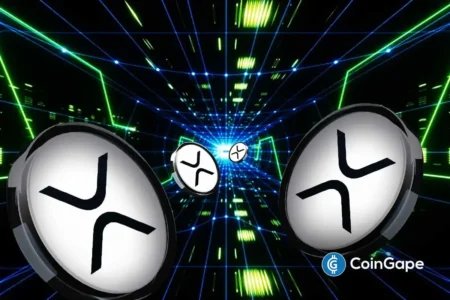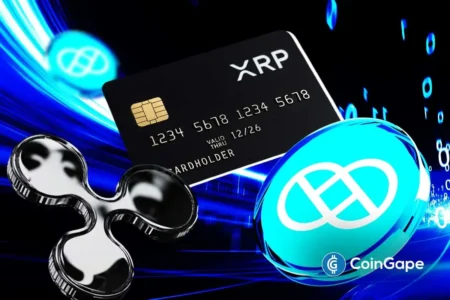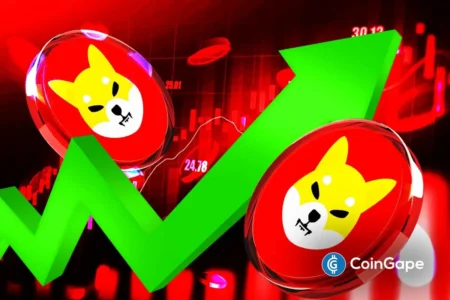The GENIUS Act: Paving the Way for Real-World Asset Tokenization
The recent passing of the GENIUS Act marks a significant milestone in the evolution of digital assets in the U.S., creating a much-needed federal framework that will catalyze growth within the Web3 ecosystem. This legislative breakthrough is expected to enhance institutional engagement and facilitate greater innovation, particularly in the burgeoning field of real-world assets (RWAs). As tokenization becomes a pivotal trend in finance, RWAs are predicted to reach a remarkable $50 billion market cap by the close of 2025, enticing institutions eager to leverage the efficiencies that blockchain offers.
The Tokenization Opportunity
Real-world assets include traditional investables such as treasuries, commodities, real estate, and private credit. The advantages of integrating these assets with blockchain technology are manifold: faster settlement times, increased liquidity, and enhanced compliance through programmable features. Major financial institutions, like JPMorgan, are already exploring how tokenization can democratize access to high-performing investments. This newfound accessibility could revolutionize investing—much like mobile apps transformed stock trading.
Mavryk: Leading the Charge
At the forefront of this movement is Mavryk, a cutting-edge blockchain platform designed to facilitate the tokenization of real-world commodities while remaining regulatory-compliant. Recently partnered with MAG Group and MultiBank, Mavryk is embarking on an ambitious initiative to transition $10 billion worth of luxury real estate onto the blockchain. With its robust infrastructure, Mavryk is well-equipped to tap into the massive RWA market, particularly with its integration of Fireblocks, a leading security service that will manage the full lifecycle of these assets.
The Benefits of Tokenization
The transition to a tokenized real-world assets ecosystem promises to eliminate long-standing inefficiencies in asset management. Traditional processes are often mired in bureaucracy, causing settlement times to stretch across several days. In contrast, tokenization can reduce these times to mere minutes, making illiquid assets instantly tradable. This operational efficiency, coupled with the clarity and transparency afforded by blockchain technology, makes RWA tokenization critically compelling for investors seeking new opportunities.
The Rise of RWA Platforms
Mavryk isn’t alone in its mission; a plethora of Web3-native platforms are emerging, all vying for a share of the RWA market. From exchange platforms integrating RWAs into their offerings to established chains like Ethereum adopting this asset class, competition is heating up. With over 250 asset issuers currently operational, it begs the question: at what point will the demand for tokenized assets tip the scales toward widespread acceptance and integration?
Conclusion: The Dawn of a New Investment Era
Real estate stands out as one of the most promising applications for tokenization, given the staggering amounts of capital locked in this sector. If platforms like Mavryk can successfully simplify property investment to the level of crypto trading, we could see unprecedented levels of innovation and accessibility in wealth-building activities. Currently in its testnet phase, Mavryk aims to launch its mainnet later this year, perfectly timed with the momentum created by the GENIUS Act. As billions in real estate begin to flow onto the blockchain, we stand on the cusp of an entirely new investment paradigm that could redefine the way everyday individuals engage with and acquire assets.

